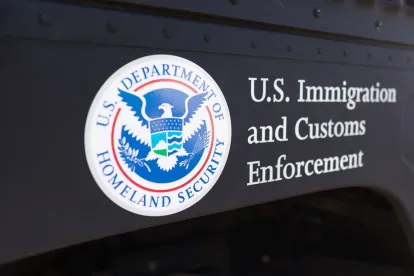U.S. Citizenship and Immigration Services (USCIS) announced that the agency is postponing the implementation of the revised Form I-539 and the new Form I-539A. USCIS will continue to accept the current Form I-539, with the “12/23/16” edition date, until the close of business on March 21, 2019. USCIS had planned to implement the new forms on March 11, 2019—the same day it released them to the public—but agreed to provide a transition period after considering public feedback, according to representatives. This is a welcome development, as foregoing a grace period may have caused some foreign nationals to fall out of status if their applications had been postmarked by, but not received before, March 11.
Revised Implementation Schedule
USCIS has revised the implementation schedule for Form I-539 as follows:
| March 8, 2019 | USCIS will publish the revised Form I-539 (with an edition date of “02/04/19”) on the its website and will remove the old form. |
| March 12–21, 2019 | USCIS will continue to accept and process the current version of Form I-539 (“12/23/16” edition). USCIS will also accept the new Form I-539 (“02/04/19” edition) but will not actually process any of these during this period. |
| March 21, 2019 | This is the final day that USCIS will accept Form I-539 (“12/23/16” edition). The form must be received in the lockbox by the close of business on March 21, 2019, in order to be processed; postmarking will not be sufficient. |
| March 25, 2019 | USCIS will begin to issue receipt notices for all new Forms I-539 (“02/04/19” edition) received during the period between March 12 and March 21, 2019. Receipt notices will reflect the actual receipt date. |
Form I-539 is filed by those seeking to change or extend their nonimmigrant status. Included are those seeking B1 or B2 visitor status; certain F-1 students; and the spouses and dependents of H-1B, L-1, and E visa beneficiaries. The changes to Form I-539 are significant. There is a new biometrics requirement for I-539 applicants and eachof their co-applicants. Each applicant listed on the forms (including minor children) will be individually required to pay the $85 biometrics fee and to attend a biometrics appointment at an Application Support Center, where they will be fingerprinted and have a digital photo taken. Each co-applicant must also sign and submit a Form I-539A.
Additional Implications
During a March 1, 2019 teleconference, representatives for USCIS also discussed the following:
-
Premium processing is not available for Form I-539. Historically, when Form I-539 was filed concurrently with Form I-129 and premium processing was requested, USCIS would adjudicate Form I-539 within the 15 days as a courtesy. The new biometrics requirement makes it impossible for USCIS to adjudicate Form I-539 within the 15-day adjudication period guaranteed for premium processing. The representatives did say that Form I-539 will be processed at the same location as Form I-129 and that adjudicators will generally strive to provide for faster processing in instances when Form I-539 is filed concurrently with a premium-processed Form I-129.
-
When a Form I-539 is filed concurrently with Form I-129 and a mistake is found on Form I-539, only Form I-539 will be rejected. Form I-129 will be accepted and processed separately.
-
Biometrics processing will likely take an average of 17 days. The representatives said that, assuming applicants do not reschedule their appointments, the new biometrics mandate should not add much more time than that to the total processing time for Form I-539.
Timing of Implementation of the New Form
USCIS will implement this new form only 19 days before the annual H-1B quota filing deadline (March 29, 2019). Many employers began preparing these applications (and accompanying Form I-539 applications) months earlier. Any Form I-539 applications already prepared will need to be re-prepared, re-signed, and mailed within a few weeks. This adds urgency to an already turbulent time of year for petitioning employers and their foreign national employees. (USCIS did briefly note that it regrets the timing of the release with regard to H-1B quota filings.)
Takeaways
Although USCIS has stated that the new requirements are not expected to increase processing times, it is difficult to see how that would be the case. At a minimum, the new form practically eliminates the ability to premium process an accompanying Form I-539 application. In addition, many applicants also choose to file an accompanying Form I-756 (EAD) application with the Form I-129. As the Form I-765 approval is often tied to the approval of Form I-539, these EAD applications will also necessarily be delayed while waiting for the biometrics to be completed. The administration is concurrently working on a regulation to rescind the ability for spouses of H-1B holders to obtain H-4 EADs. The imposition of the new biometrics requirement may prevent H-4 EAD holders from renewing this work authorization before the new regulations take effect.





 />i
/>i

